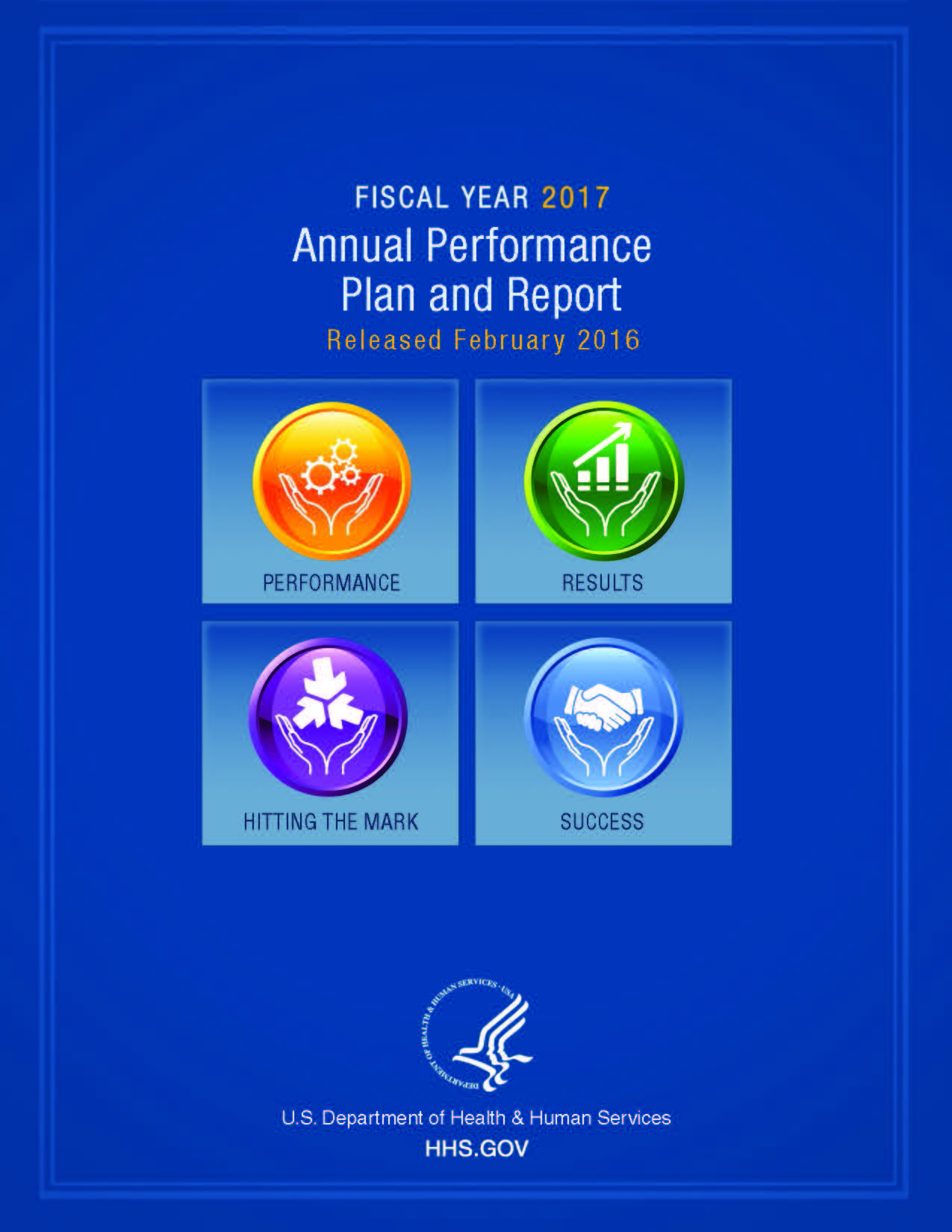- Home
- Agencies
- Department of Agriculture
- Department of Housing and Urban Development
- General Services Administration
- Department of Commerce
- Department of the Interior
- National Aeronautics and Space Administration
- Department of Defense
- Department of Justice
- National Science Foundation
- Department of Education
- Department of Labor
- Office of Personnel Management
- Department of Energy
- Department of State
- Small Business Administration
- Environmental Protection Agency
- Department of Transportation
- Social Security Administration
- Department of Health and Human Services
- Department of the Treasury
- U.S. Agency for International Development
- Department of Homeland Security
- Department of Veterans Affairs
- Goals
- Initiatives
- Programs
Primary tabs
Strategic Objective
Improve laboratory, surveillance, and epidemiology capacity
Strategic Objective
Overview
Three critical elements underpin public health practice: laboratory, surveillance, and epidemiological services. HHS is working at the national, state, local, and tribal levels to achieve this objective, by enhancing the capacity of these services, identifying and addressing gaps in knowledge, training, and skills, and supporting service integration and data exchange to better identify and respond to health threats.
Progress Update
Please note that this section summarizes the result of the FY 2014 HHS Strategic Review process, limiting the scope of content to that available prior to spring of 2015. Due to this constraint, the following may not be the most current information available.
Conclusions: Progressing
Analysis: Progress has been made in a variety of surveillance and epidemiologic areas which are clearly tied to public health outcomes. The National Healthcare Safety Network continues to demonstrate how surveillance can drive prevention at the facility, state, regional and national levels. CMS is using National Healthcare Safety Network data in its pay for performance programs and posting data on the Hospital Compare website.
In 2014 a “Mini-Sentinel” pilot program demonstrated proof of principle in conducting 17 medical product assessments across multiple vaccine classes. The now-established full Sentinel System uses innovative electronic methods to rapidly assess the safety of drugs and other medical products.
Progress has been made in the laboratory sphere, especially with respect to outbreak detection including incorporating new tools like Advanced Molecular Detection. In the area of Food Safety Advanced Molecular Detection methods of whole genome sequencing have improved the laboratory-based foodborne outbreak detection system, PulseNet. A successful pilot project involving Listeria samples has resulted in detecting outbreaks faster and savings lives. Food safety experts within HHS are building on this success to extend to other pathogens and to the states. Advanced Molecular Detection also achieved improvements in the high priority area of antibiotic resistant Neisseria gonorrhea that have the potential to lead to the development of point of care tests, providing real time results and revolutionizing gonorrhea treatment.
There were numerous outbreaks where laboratory testing and new diagnostics played a pivotal role. The Novel Coronavirus RT-PCR assay for the presumptive detection of Middle Eastern Respiratory Syndrome (MERS) and its dissemination to qualified laboratories in the US and around the world formed a cornerstone of efforts to control the spread of MERS. In another example, laboratory analysis was critical in investigating multiple clusters of infections from multidrug resistant E. coli infections from duodenoscopes.
Training at the state and local level is focused on filling gaps and creating the next generation of public health specialist. Recent efforts include building IT capacity in states, utilizing e-learning, and informatics training. Building electronic laboratory capacity is bearing fruit with a steady increase in the proportion of laboratories that report nationally notifiable diseases electronically.
Further, HHS is exploring options for harmonizing electronic health record systems with public health surveillance systems as well as continuing to expand public health applications of Advanced Molecular Detection methods.








